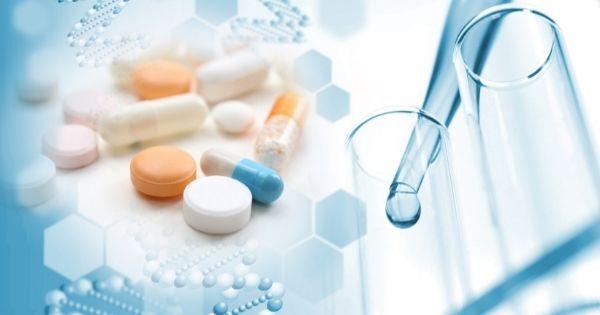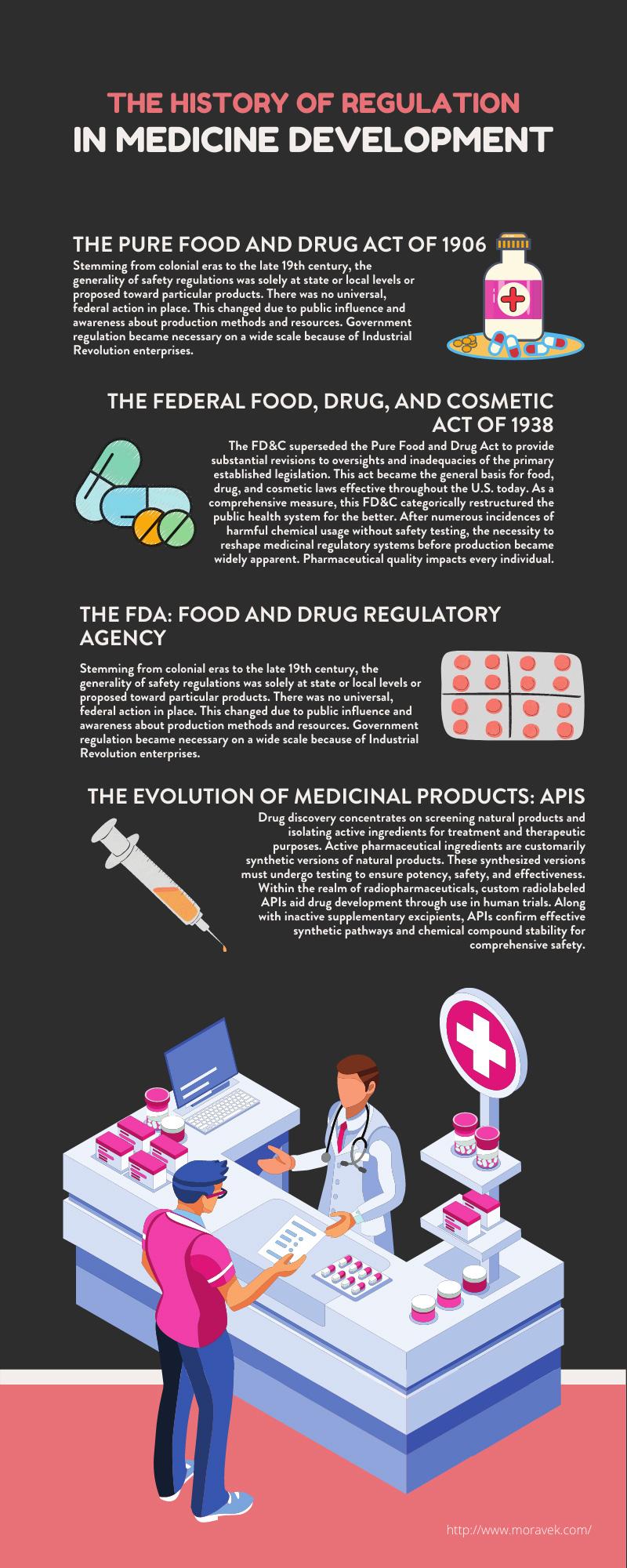
Modern consumers may swallow thousands upon thousands of pills in their lifetime. As the world’s population continues to grow and develop—and medicine and science become increasingly innovative and progressive—the expectation that drugs and pharmaceuticals will multiply is logically sound. Medicine has profound effects on human life. It adds decades to lifespans, changes perspectives of the mind's inner workings, alters attitudes towards laws and principles, and creates sustainable options for those who would otherwise lack accessible alternatives.
Hippocrates, the universally recognized father of modern medicine, declared it himself: “Wherever the art of medicine is loved, there is also a love of humanity.” However, the development of medicine is a fairly complex and complicated process involving extensive research and operational procedures. Drug discovery comprehensively dates back to ancient civilizations, but a lack of technology and knowledge held methodology back from large-scale application. The 19th century brought about scientific techniques for thorough testing and synthesis, as breakthroughs in life sciences laid a steady foundation for research and development.
The modern pharmaceutical industry became embedded into society after World War I and began to flourish after World War II. Ever since then, concerns about the quality and safety of manufactured chemical drugs have been a prevalent societal subject. Strict regulatory standards are the cornerstone of modern medicine to ensure consumer safety. Let’s take the time to examine the history of regulation in medicine development. By understanding this historical background, we can uncover more about our relationship with pharmaceuticals today and how the drug development industry can expand in scope and scale in the future.
The Pure Food and Drug Act of 1906
Stemming from colonial eras to the late 19th century, the generality of safety regulations was solely at state or local levels or proposed toward particular products. There was no universal, federal action in place. This changed due to public influence and awareness about production methods and resources. Government regulation became necessary on a wide scale because of Industrial Revolution enterprises.
Before the establishment of regulatory agencies, the initial initiative to protect public health from harmful or ineffective drugs came through legislation. The first legislation passed related to drug regulations is known as the Pure Food and Drug Act. This mandatory regulation was largely due to the public revelations of the appalling unsanitary conditions in manufacturing plants across the country.
To directly quote the 1906 Act, Congress moved legislation to prevent the “manufacture, sale or transportation of adulterated, misbranded, poisonous, or deleterious foods, drugs, medicines, or liquors.” Since the beginning passage by President Theodore Roosevelt in the early 20th century, this centerpiece of progressive reform has undergone vital revisions to address incurring regulatory concerns.
The Federal Food, Drug, and Cosmetic Act of 1938
The FD&C superseded the Pure Food and Drug Act to provide substantial revisions to oversights and inadequacies of the primary established legislation. This act became the general basis for food, drug, and cosmetic laws effective throughout the U.S. today. As a comprehensive measure, this FD&C categorically restructured the public health system for the better. After numerous incidences of harmful chemical usage without safety testing, the necessity to reshape medicinal regulatory systems before production became widely apparent. Pharmaceutical quality impacts every individual.
This imperative legislation opened the gateway for scientific evidence of pharmaceutical safety, demanding premarket transparency about the effectiveness of a new drug before it reaches consumer’s hands. Manufacturers began to be required to file a New Drug Application for approval, including drug compositions, safety testing reports, and proposed quality-control production procedures.
Since then, the conjoint efforts of the government, food industry, and pharmaceutical industry have produced various sets of standards to enhance food and drug consumption safety. These determined courses of action include Good Manufacturing Standards and Good Manufacturing Practices closely enforced by the FDA. Such practices assure the strength, identity, and purity of drug products by mandating properly controlled manufacturing operations. GMP regulations are critical because consumers cannot individually distinguish the safety or efficiency of a medicinal product.
The FDA: Food and Drug Regulatory Agency
As the oldest consumer protection agency within the United States government, the Food and Drug Administration plays a continually evolving role in public health and regulatory responsibilities. Though it wasn’t officially named and separated into a law enforcement agency until 1927, the agency’s roots are traceable back to the Pure Foods and Drug Act and the USDA Bureau of Chemistry. The present-day FDA holds its power over the pharmaceutical industry under the Federal Food, Drug, and Cosmetic Act with quality control practices as well as the Fair Packaging and Labeling Act, requiring truthful, standard, and fully informative product labeling.
In general, the FDA has the authority to prevent any untested products from coming to market. Regulatory measures and approval times remain in a state of flux due to external circumstances and restrictions. The regulatory agency has the power to legally halt the sale of harmful medical products involving health and safety risks. The official stamp of FDA approval deems a medicinal product or device as scientifically and medically sound.
The Evolution of Medicinal Products: APIs
When discussing the wide history of regulation in medicine development, the evolution of pharmaceutical products is essential to the discussion. Technological transitions and groundbreaking innovations in pharmaceutical manufacturing gave way to product diversification and augmented complexity. Now consumers can use medicines that specifically target sites where diseases or illnesses originate. A vast selection of therapeutic agents exists, such as antibiotics, psychotropic drugs, and vaccines.
Drug discovery concentrates on screening natural products and isolating active ingredients for treatment and therapeutic purposes. Active pharmaceutical ingredients are customarily synthetic versions of natural products. These synthesized versions must undergo testing to ensure potency, safety, and effectiveness. Within the realm of radiopharmaceuticals, custom radiolabeled APIs aid drug development through use in human trials. Along with inactive supplementary excipients, APIs confirm effective synthetic pathways and chemical compound stability for comprehensive safety.
Moravek is a highly experienced contract manufacturing organization. We offer custom GMP API pharmaceutical services worldwide for the early phases of clinical trials. As an API pharmaceutical manufacturing company, our expert team and efficient processes ensure consistent GMP compliance. Moravek provides quality assurance to meet the regulatory standards of agencies such as the FDA and EMA. Reach out to a development coordinator today to design a radiolabeling campaign that suits your needs and meets regulatory requirements for pharmaceutical research and development.

.
